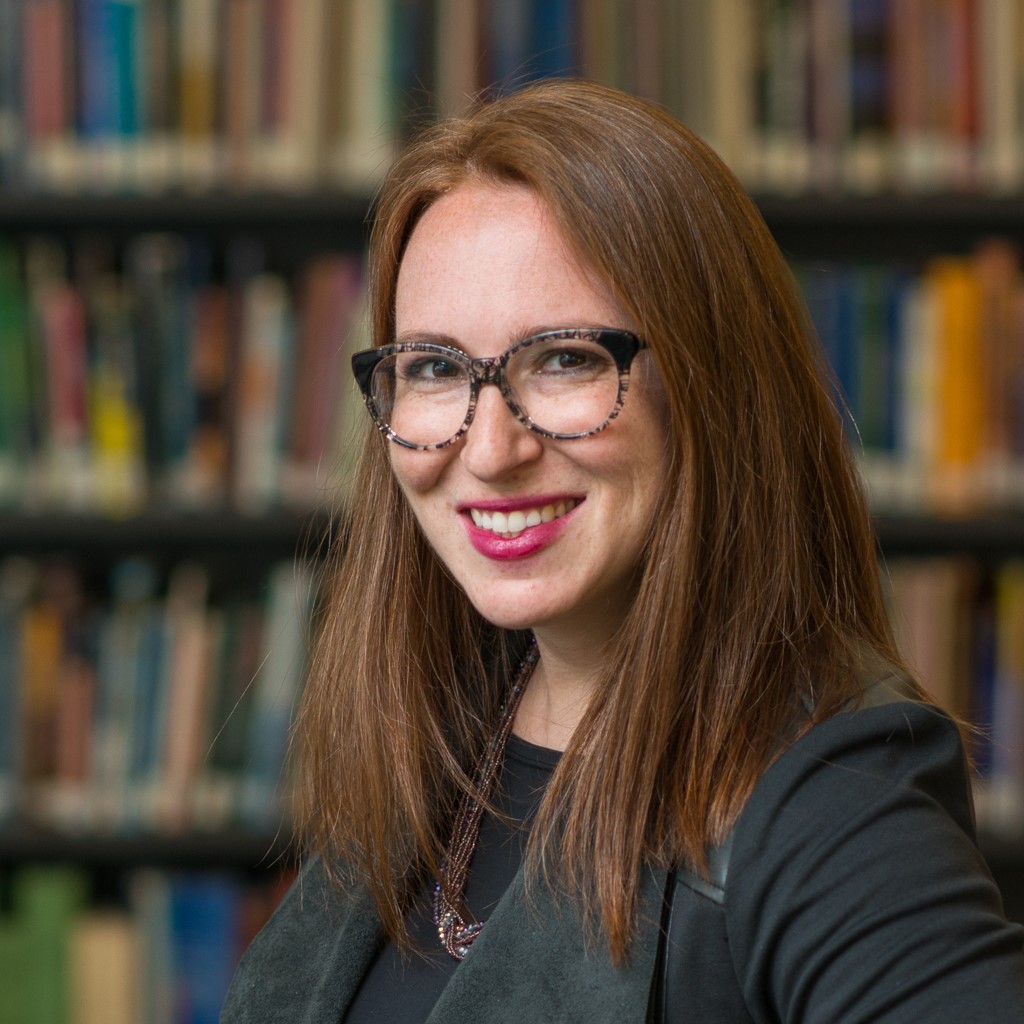Have you seen our new guide?
On the federal holiday of Columbus Day this year, I noticed an increasing number of people instead observing Indigenous Peoples Day. Social media has contributed to the popularity of this alternative celebration. Land rights, traditional knowledge, human rights and capital, and preservation of culture were themes on and offline that day. These themes also power the work of many funders around the world.
When we launched our new guide, Funding Indigenous Peoples: Strategies for Support, earlier this month — with International Funders for Indigenous Peoples during an event at the Ford Foundation — I reflected on why indigenous communities are not always included in population-specific funding conversations. Language and place are two barriers that make it a little harder for funders to connect with and support these groups. Yet indigenous communities offer an innate knowledge of the land and environment, have deeply-rooted and beautiful cultural traditions, and face many human rights challenges. They can play a vital role in funders' strategies because indigenous needs and ideas often reflect larger-scale challenges. So how do we connect strategically and meaningfully?
The guide highlights common approaches funders use in working with indigenous communities, and also weaves in context and terminology that helps funders better understand needs and identity. One of my favorite examples comes from Amy Fredeen of the Cook Inlet Tribal Council about the "Never Alone" video game that preserves and shares the local culture of the Iñupiat people. Coincidentally, I attended a lecture two weeks ago — completely separate from work — where this same game was cited as a stellar example of cultural storytelling. In that context, the philanthropy was not discussed, but the impact was. We hope examples like this — in this guide and other GrantCraft resources — will spark conversations about how you can tackle persistent issues in new ways and incorporate even more diverse voices and ideas into the important work you do.
In this season of gratitude, I want to thank you for your support of GrantCraft and commitment to ongoing learning. I also want to especially thank Erin Nylen-Wysocki because she works tirelessly to make these newsletters and our website content useful and user-friendly.
This letter originally appeared in today's GrantCraft newsletter. To sign up for our newsletter and special alerts, register for free.

